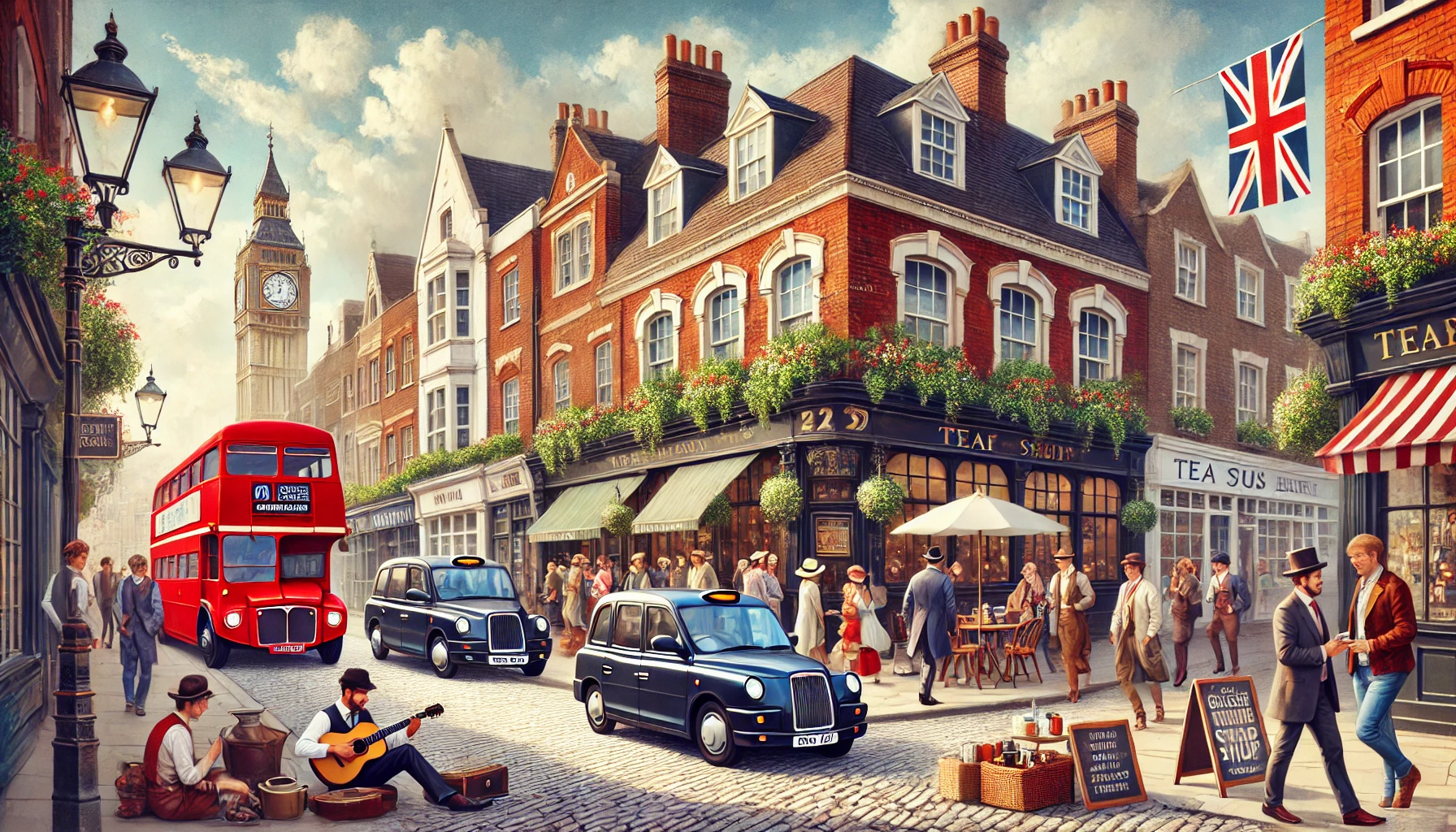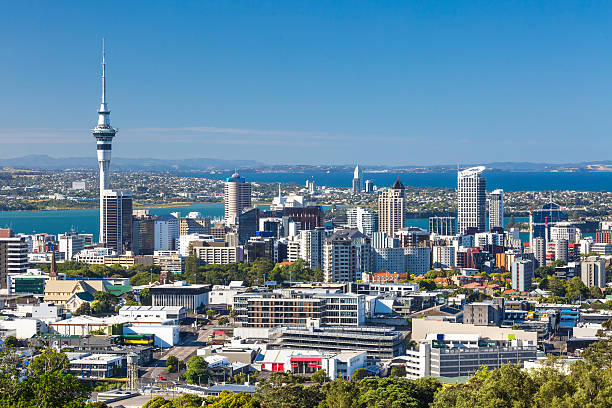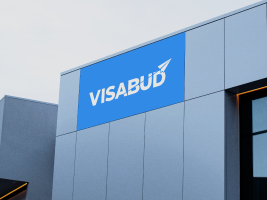Central African Republic Travel Guide: All you need to know to visit Central African Republic in 2025
Welcome to Central African Republic
Welcome to the Central African Republic
Some only travel to the Central African Republic for specific reasons, one of the world’s least-traveled nations. Since its separation from France in 1960, it has had difficulty getting off the ground. The country’s draws, which include breathtaking natural beauty and extraordinary fauna, can’t be entirely hidden by its dangers. Though only some tourists visit the CAR, those who do will find it a stunning, impoverished nation with essentially no tourism infrastructure. Most foreign tourists stay in Bangui, the nation’s capital, but the daring occasionally journey to Toutoubou Falls or the Dzanga-Sangha National Park to see gorillas or elephants.
Essential Central African Republic travel information
Currency– The legal currency of exchange for the Central African Republic is the CFA franc (XAF).
Daily budget for one person– 23749.69 XAF ($39) per day
Language– Sango and French are recognized as legal languages in the Central African Republic.
Socket type– Type C and Type E plugs are two related socket kinds. For example, the Central African Republic runs on 220V power energy and 50Hz.
Time zone – (GMT +1)
Top 3 cities to visit– Bangui, Bimbo, Berbérati
Top 3 landmarks/monuments– Chapelle du Centre, Barthelemy Boganda, Place du Cinquantenaire
Document checklist for Central African Republic
- Legal visa with a six-month expiration date. It must be in excellent condition and have at least one blank sheet.
- Two passport pictures in different colors with a white backdrop
- Two fully filled-out visa registration papers with all of your information
- Flight tickets and lodging arrangements
Typical costs and budget for the Central African Republic
Transport: $39
Meals: ($19)
Hotel: $106 per night
Transport and ways to travel around Central African Republic
Most tourists and business visitors use cabs to get around the Central African Republic, but prices are high. There are plenty of cabs at the airport, but be ready to haggle over the price. If you’re going alone, consider obtaining insurance with loss and accident damage exemptions. Travelers who want to tour the Central African Republic countryside frequently hire four-wheel drive vehicles to navigate the gravel roads open throughout the dry season. Additionally, you can hire cars with chauffeurs.
Regarding the Central African Republic, there are no passenger trains. Instead, the 24-seater minibus between Bangui’s capital and other main towns is the most convenient way to get around the city. Pick-up trucks are another option for public transit, and their passes cost about the same as those for minibusses.
Safety in the Central African Republic
In the southeast of the CAR, particularly in the province of Haut-Mbomou, the Lord’s Resistance Army frequently targets people for assault. So be on the lookout for any dangers.
Violence and kidnapping both occur. Foreigners are prey for kidnappers. Consult a security expert for guidance. Groups of bandits are prevalent. To obtain money, tools, and vehicles, they attack assistance organizations. When carrying sizable quantities of currency, exercise extreme caution. If you can, divide it among your traveling partners.
Typical Central African Republic food to try
Chicken Nyembwe: Chicken nyembwe, an African delicacy, is a mouthwatering chicken. It is made with smoked poultry that has been either cooked in sauce graine or palm nut butter. This meal is originally from Gabon, but other nations, including the Central African Republic, have started to enjoy it because of its deliciousness.
Chichinga – The delectable kabab dish called Chichinga is to die for. Usually, tapioca coconut bread comes with it.
Must do and see in Central African Republic
Dzanga-Sangha National Park: The only national park in the Central African Republic currently accessible to visitors is Dzanga-Sangha National Park, the spot to go if you want to see one of the densest rain forests in the world. The park, where you can see bongo antelopes, forest bison, gorillas, and elephants, can be explored on foot or by boat with the help of a guide. In addition, the neighboring village of Bayanga has lodging options and fundamental tourist amenities.
French Influences: Despite the French leaving Bangui fifty years ago, their impact can still be seen in the town’s wide boulevards and buildings. Several excellent eateries in this area, including Satis and the well-known Relais des Chasses, specialize in French and other cuisines. In addition, the charming and bustling Marché Central is an excellent place for those who appreciate culture, and the Musée de Boganda has a fantastic collection of native musical instruments in addition to information on the part of the nation.
Related Articles

5 min read
Must-See Spots in Australia : Top Places for First-Timers
Australia, often referred to as the "Land Down Under," is a vast and diverse country that attracts millions of travelers from across the globe. From its vibrant cities and iconic
Read More
5 min read
How to Experience British Culture Like a Local
Britain is a country rich in history, traditions, and culture. While tourists often visit famous landmarks like Buckingham Palace, Big Ben, and the Tower of London, experiencing British culture like
Read More
5 min read
New Zealand Introduces Key Changes to Post Study Work Visa : What You Should Know
According to the government, this change will provide students with greater flexibility in their academic choices while ensuring they remain eligible to work. For many students, studying abroad is a
Read MoreA visa is necessary for all Indian passport-bearers to enter the Central African Republic. The closest Central African Republic Embassy or Mission must issue a visa. All Indian tourists visiting the Central African Republic must have a legitimate visa, passport, or another form of travel authorization, as well as onward reservations and enough money to cover their expenses while there. The kind of passport you need to enter the Central African Republic will vary depending on your country, the reason for your trip, and how long you intend to stay.
For Indian citizens, the Central African Republic Embassy provides single-entry and multiple-entry visas. A single-entry visa is only valid for three months, while multiple-entry visas are valid for either six months or a year.
The type of entry that is allowed must be meticulously noted. For example, unlike multiple entries, which would enable numerous entrances and exits, a single-entry passport only allows one entry and exit from the Central African Republic.
Three months before the intended departure date is the earliest that a passport can be requested for the Central African Republic. All visa applications should be filed at least two weeks before departure to give enough time for processing.
